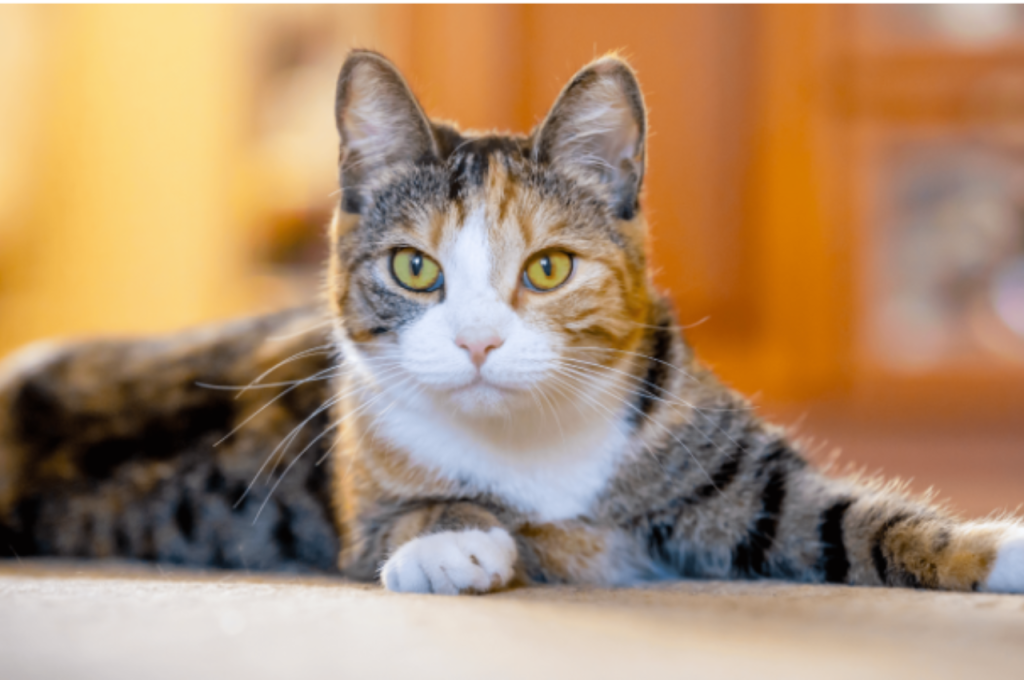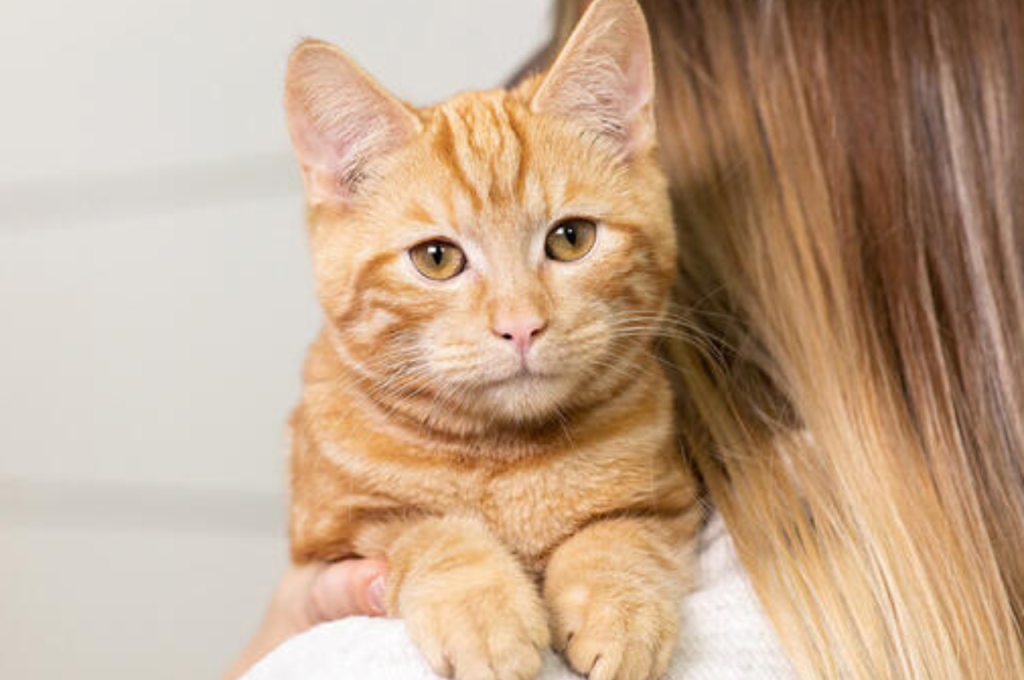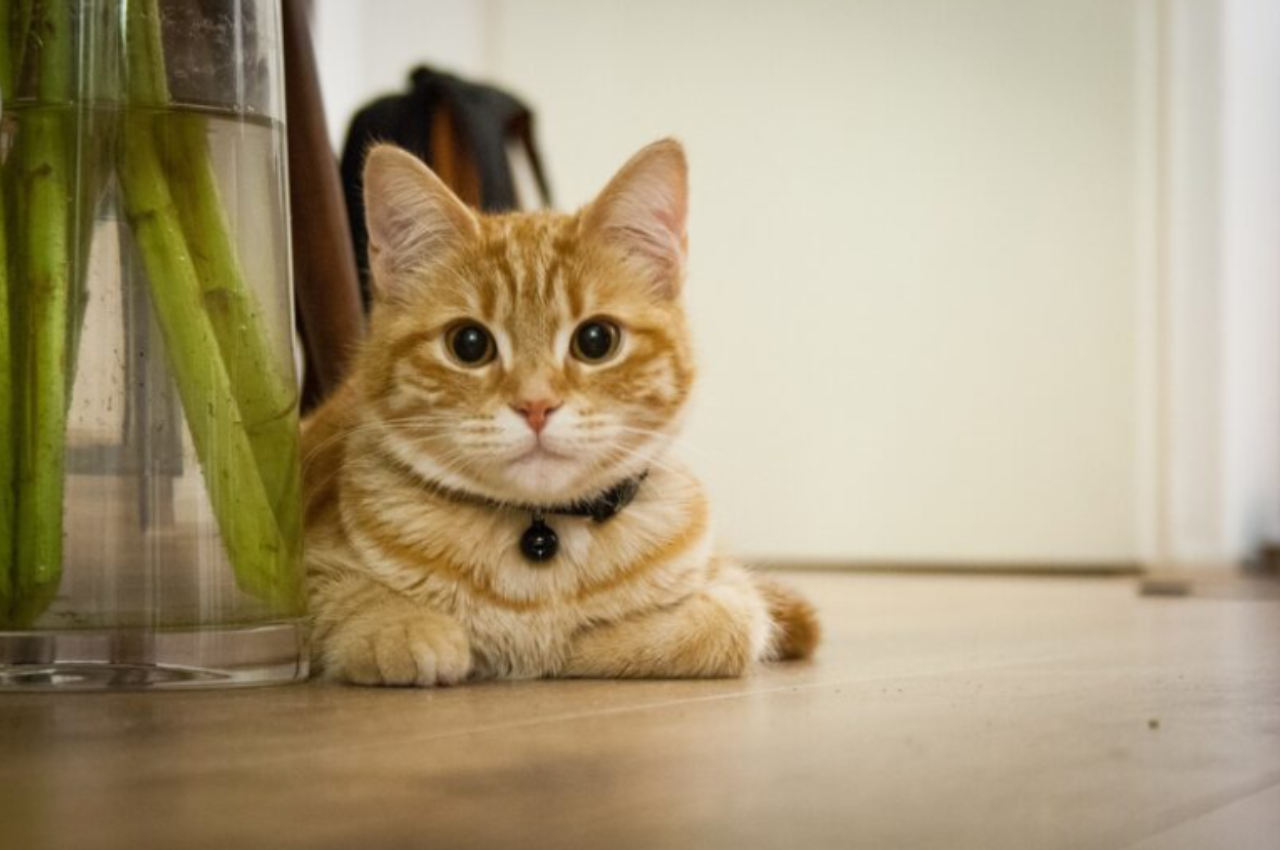Yes, cats can recognize faces. They have a remarkable ability to recognize familiar faces, both of humans and other cats.
Cats have always been known for their unique and mysterious behaviors. While we often wonder what goes on inside their little heads, one question that often comes up is whether or not cats can recognize faces. It turns out that they actually can.
Cats possess an incredible ability to remember and identify familiar faces, whether they belong to humans or other cats. This ability to recognize faces adds to the long list of intriguing skills that cats possess. We will delve into the fascinating world of feline facial recognition, exploring how cats use this skill and what it means for their interactions with us and their fellow feline companions. So, let’s dive in and discover the secrets behind cats’ face recognition abilities.
Cats and Facial Recognition
Cats, renowned for their keen observation and enigmatic nature, frequently spark curiosity regarding the depth of their cognitive prowess. One captivating inquiry for many cat enthusiasts revolves around the potential of felines to discern human faces using facial recognition. In this article, we’ll delve into the intriguing world of feline cognition and explore what research has revealed about cats and facial recognition.

Instinctive Cognition
Cats are known for their exceptional instincts and cognitive abilities. While their sense of smell and hearing often take center stage, their visual perception is equally fascinating. One intriguing aspect of feline cognition is their ability to recognize faces.
Study on Facial Recognition in Cats
Research has delved into understanding how cats interpret and remember human faces. A study conducted by scientists aimed to shed light on feline facial recognition. The findings showed that cats possess the ability to distinguish between different human faces, including familiar ones.
The study involved presenting cats with images of various faces, both familiar and unfamiliar. The cats showed heightened attention and longer gazes when presented with the faces of individuals they recognized, such as their owners or familiar family members. This indicates that cats can differentiate between faces based on visual cues.
Moreover, it was observed that cats exhibited more relaxed behaviors and approached familiar faces with confidence. On the other hand, when faced with unfamiliar faces, cats displayed signs of cautiousness and reserved body postures.
Interestingly, the research also revealed that cats tend to prioritize facial features while recognizing faces. Specifically, they focus on the eyes and mouth, key elements that contribute to facial recognition in humans as well.
These findings suggest that recognizing faces is not only limited to human cognitive abilities but also occurs in our feline companions. While more research is needed in this area, it is clear that cats possess a form of facial recognition.
The Anatomy of A Cat’s Face
In understanding whether cats can recognize faces, it’s essential to delve into the anatomy of a cat’s face. Cats, like humans, have unique facial features that play a significant role in their visual recognition abilities.
Unique Facial Features
Cats possess several unique facial features that enable them to navigate their surroundings and identify familiar faces. These include their vibrissae, commonly known as whiskers, and their eyes, which serve as windows to recognition.
Vibrissae: The Whiskers
The vibrissae, or whiskers, are highly sensitive tactile hairs that aid in a cat’s spatial awareness and help them detect nearby objects. Positioned in strategic locations around their face, vibrissae provide cats with crucial information about their surroundings, contributing to their ability to recognize familiar faces and distinguish between individuals.
Eyes: A Window to Recognition
Cats’ eyes are not only mesmerizing but also intricately designed for visual perception. With their large pupils and keen night vision, cats can perceive facial features, expressions, and moods, allowing them to identify and differentiate between different faces, including those of their caregivers and fellow feline companions.
Non-verbal Communication
Cats communicate not only through meows but also through their body language. Understanding their non-verbal cues is key to deciphering how they perceive and interact with the world around them.
Body Language Signals
- Cats use their tail position, ear movement, and body posture to convey their emotions.
- An arched back signifies fear or aggression, while a relaxed body indicates contentment.
Facial Expressions: Meows without Words
- Cats’ facial expressions can reveal a range of emotions, from curiosity to happiness to fear.
- Dilated pupils may indicate excitement or fear, while narrowed eyes signal aggression.
Recognizing Familiar Humans
Cats exhibit a remarkable ability to discern familiar humans, drawing upon a multifaceted array of sensory cues encompassing scent, visual stimuli, and auditory signals. Through a nuanced interplay of these sensory inputs, felines forge intricate connections with individuals they encounter regularly. Demonstrating an impressive capacity for recognition and social interaction within their environment.

Bond Between Cats and Humans
Cats form strong bonds with their human companions through daily interactions and shared experiences.
Scent Recognition
Cats rely heavily on their keen sense of smell to recognize familiar scents of humans, allowing them to distinguish between different individuals.
Visual and Auditory Cues
Cats also recognize familiar humans through visual cues such as body language and facial features, as well as by responding to specific auditory signals like their voices or unique sounds.
Memory and Association
Memory and association play a crucial role in understanding whether cats can recognize faces. Through the formation of memory and contextual association, cats demonstrate the ability to identify familiar faces and recall past interactions with individuals.
Formation of Memory
Cats possess an impressive ability to form memories, particularly when it comes to recognizing familiar faces. Their brain’s ability to encode, store, and retrieve information enables them to remember individuals they have encountered multiple times.
Contextual Association
Cats can associate faces with specific contexts and experiences, making it even more likely for them to recognize familiar faces. Through these contextual associations, they can recall past interactions and respond accordingly to individuals they are familiar with.
Research Findings
Curious about whether cats can recognize faces? Let’s dive into the latest research insights into feline cognition.
Human Faces vs. Other Objects
Cats show a preference for human faces over other objects due to familiarity. Studies suggest cats may use facial features for recognition.
Ability to Distinguish Familiar Faces
Cats can distinguish familiar faces based on visual cues. Research indicates cats rely on size, shape, and color to identify faces. Cats demonstrate a unique understanding of facial recognition compared to other animals.
Limitations and Factors
While it is fascinating to explore whether cats can recognize faces, it is important to acknowledge that certain limitations and factors may influence this ability. These include the variation among cats, emotional connection, and age and development.
Variation Among Cats
Just like humans, cats have their unique personalities and capabilities. While some cats may be more socially inclined and observant, others may be more independent and less interested in facial recognition. It’s important to note that not all cats will have the same level of proficiency in recognizing faces.
Emotional Connection
Cats are known for their ability to form strong emotional bonds with their owners. This emotional connection can play a significant role in their recognition of faces. Cats are more likely to recognize and respond to the faces of those they have a close attachment to, such as their primary caretakers or family members. This emotional connection can enhance their ability to recognize faces.
Age and Development
The age and developmental stage of a cat may also affect their ability to recognize faces. Younger cats that are still in the early stages of development may not have fully developed perceptual abilities, including facial recognition. As cats grow older and gain more experience, their ability to recognize faces may improve.
Practical Implications
Cats may recognize faces based on specific characteristics, like scent and sound cues, rather than visual recognition alone. Understanding this behavior can lead to better interactions and bonding between cats and their owners.

Practical Implications: Cats’ ability to recognize faces has practical implications in various aspects of their interactions with humans. Let’s explore how this ability can benefit veterinary care, strengthen the human-cat bond, and point toward future research directions.
Benefits for Veterinary Care: Cats recognizing faces can enhance the veterinary care process by allowing felines to feel more at ease in the presence of familiar caregivers and veterinary staff. When cats can recognize familiar faces at the veterinary clinic, it can reduce their stress levels, leading to more accurate assessments and smoother treatment experiences for the cats.
Human-Cat Bonding: The recognition of human faces by cats plays a significant role in strengthening the bond between humans and their feline companions. When cats can distinguish their owners and other familiar individuals, it fosters a sense of security and trust, contributing to a more harmonious and fulfilling relationship between the human and the cat.
Future Research Directions: The understanding of cats’ ability to recognize faces opens up exciting avenues for future research. Exploring the specifics of how cats process and retain facial recognition information can provide valuable insights into the cognitive and emotional mechanisms of these enigmatic animals.
Additionally, further research can elucidate how facial recognition impacts cats’ overall well-being and behavior. Overall, the practical implications of cats recognizing faces extend to enhancing veterinary care, strengthening the human-cat bond, and paving the way for exciting future research directions.
Conclusion
To sum up, cats can recognize familiar faces, especially those of their owners. Their visual memory and keen observation skills enable them to distinguish between different individuals. While more research is needed to fully understand this fascinating behavior, it’s clear that cats are capable of forming personal connections with the people in their lives.
